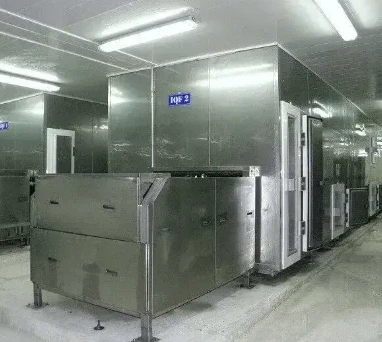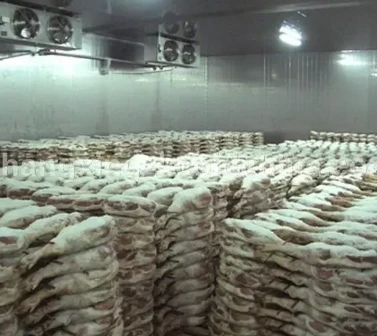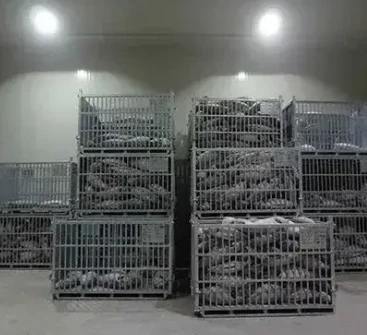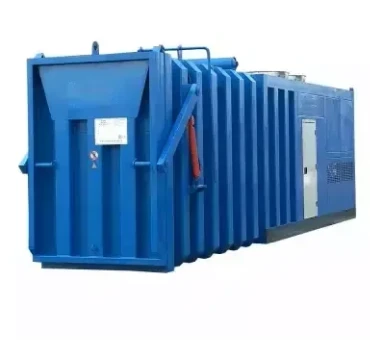From Sea to Table: The Revolutionary Role of Cold Rooms in the Fishing Industry
In the vast ocean, the fishing industry operates like a precise ecological symphony, with cold rooms playing a crucial role in ensuring that the bounty of the sea is safely and freshly delivered to tables around the world. With increasing attention to seafood freshness and food safety, cold rooms have become essential in the fishing industry, enhancing the efficiency of harvesting and ensuring the quality of seafood, thereby enabling a seamless cold chain journey from the deep sea to the dining table.
The Secret to Immediate Freshness on the Fishing Vessel: Seafood Freezer
On distant fishing vessels, the fish and seafood caught often need to be processed and pre-cooled within a very short time to prevent spoilage. This is where the seafood freezer on board proves vital. By quickly placing the catch into a seafood freezer set at the optimal preservation temperature, fishermen can ensure that the fish enter a low-temperature state immediately after being caught. This significantly delays microbial activity and reduces the risk of quality degradation.
Protecting the Cold Chain in the Supply Chain: Commercial Cold Room
From catching to processing, and then to transportation and sales, every step of seafood's journey relies on the protection of cold rooms. In processing plants, a commercial cold room is used for temporary storage before fish are filleted and packaged, ensuring that raw materials remain at the ideal temperature throughout the handling process, thus preserving nutritional value and taste. During logistics, the commercial cold room becomes a lifeline connecting the origin with the market, maintaining precise temperature control so that even the most delicate seafood can travel across vast distances and remain fresh upon arrival.
Dual Role in Retail: Display and Preservation in the Cold Room on Trailer
The final step before reaching the consumer, cold rooms play a pivotal role in retail settings. In supermarkets and seafood markets, display cold rooms are not only designed to attract customers' attention but also to maintain the freshness of seafood while on display. A cold room on trailer is particularly useful for mobile vendors and pop-up markets, offering the flexibility to transport and display seafood while ensuring it remains at optimal freshness levels, allowing consumers to enjoy the true taste of the sea with confidence.
Green Practices in Sustainable Fisheries: Fish Cold Storage
With the global consensus on sustainable development, the use of cold rooms in the fishing industry is moving towards more environmentally friendly practices. Innovative, energy-efficient fish cold storage technologies reduce operational costs and carbon emissions, promoting a shift towards a green and sustainable supply chain. This highlights the fishing industry's commitment to environmental protection and sustainable practices.
Cold Rooms—The Bridge Between Ocean and Table
The widespread application of storage cold room in the fishing industry not only showcases the power of technology but also reflects humanity's appreciation and respect for marine resources. From the deep sea to the dining table, cold rooms act as an invisible bridge connecting nature and civilization, ensuring that every bite of seafood carries the story of the ocean and conveys its rich flavors. Looking ahead, with the continuous advancement of technology and the increasing awareness of environmental protection, the role of cold rooms in the fishing industry will become even more crucial, together writing a beautiful chapter of harmonious coexistence between humans and the ocean.
















































































































